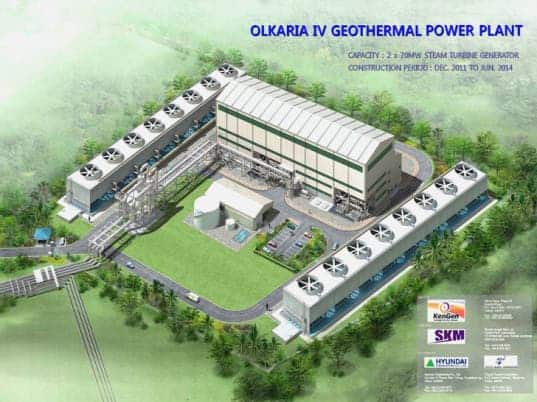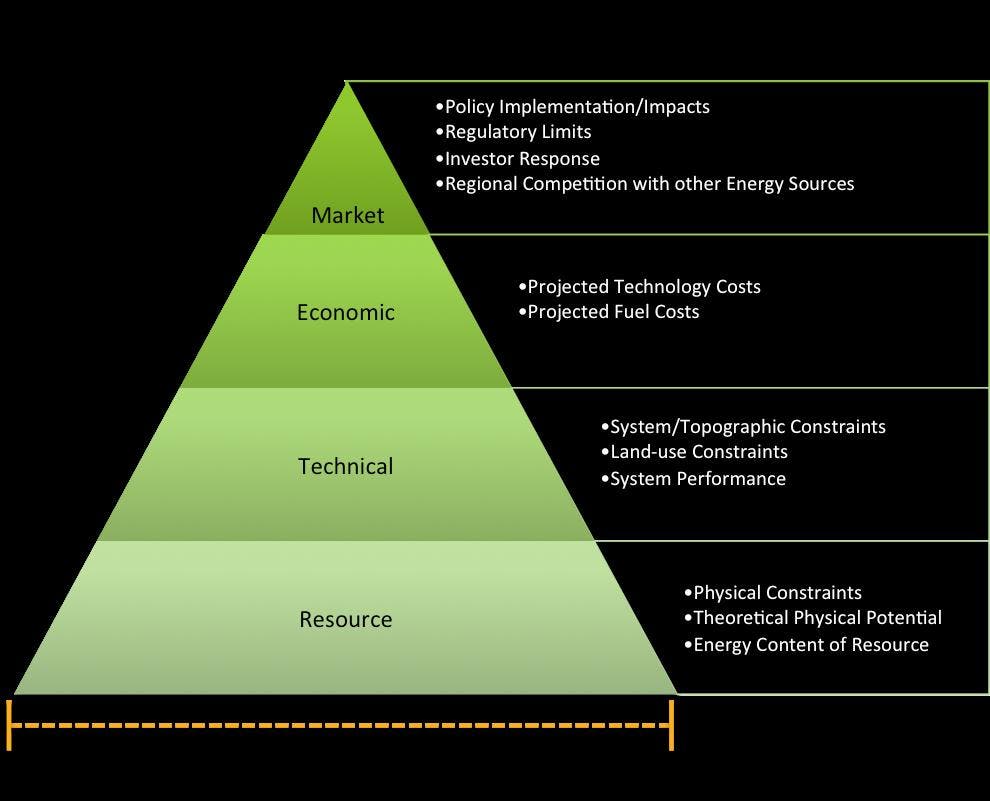A startup based in Texas has announced a key milestone in geothermal energy. This new technology could finally bring large-scale geothermal energy to the masses. The company, Fervo Energy, successfully completed a 30-day test at its pilot plant in Nevada. The team drilled 2.3 kilometers into the Earth’s surface in order to pump water and obtain clean energy reliably.

Geothermal energy, a renewable energy source, uses the Earth’s natural latent heat. Basically, the Earth has a large reserve of heat from its formation and the gradual decay of radioactive substances. The heat is stored within rocks and fluids deep inside the Earth’s interior.
It’s an excellent source of energy to tap in to — but this is proving to be pretty difficult.
Economically, geothermal energy only makes sense in some parts of the world. A classica example is Iceland, where the heat is close to the surface and easily accessible. This limitation, along with difficulties operating the wells, has put the brakes on geothermal energy. Currently, just about half of one percent of global renewable energy production is geothermal.
This is where Fervo’s new discovery comes in. The startup seeks to improve access to geothermal resources which it was previously expensive to get to, by using technology from the oil and gas industry. “We have proven that we can produce 24/7 carbon-free energy resources in new geographies across the world,” its CEO Tim Latimer said in a release.
Improving geothermal energy
Geothermal plants rely on identifying areas with specific rock features, such as permeability, and temperatures. They drill a vertical water injection bore on one side of this area and a steam recovery bore on the other side, hoping the water will pass through the hot rocks and emerge as steam. However, this method has often not produced enough steam or required extensive and expensive processes.
To address this problem, Fervo has developed an innovative technique called “enhanced geothermal.” They use horizontal drilling techniques to create long channels through the rock. They then inject pressurized fluid to fracture the rock, creating large areas of high permeability. This offers more reliable results compared to traditional methods.
Fervo’s technique creates vast, custom-fractured resources. Water is pumped at multiple points along a pipe that can extend thousands of kilometers across, while steam is recovered at numerous points through recovery pipes. The outcome is an increased production of steam and power, making geothermal energy feasible in more locations.
Its pilot plant, Project Red in Nevada, marks the first time a geothermal venture has drilled a horizontal pair of bores, extending approximately 990 meters laterally. Following a 30-day well test, it achieved a flow rate of 63 liters per second at up to 191 degrees Celsius. The plant generates 3.4 megawatts of power, enough to power about 500 US homes.
“Power systems modeling confirms that geothermal can be a critical player in a fully decarbonized grid. Fervo’s successful commercial pilot takes next-generation geothermal technology from the realm of models into the real world and starts us on a path to unlock geothermal’s full potential,” Jesse Jenkins, Princeton University researcher, said in a release.
Fervo still has a long road ahead from building a pilot plant to commercializing geothermal energy at scale, but this 30-day trial is a step in the right direction. Geothermal power could eventually help the world to decarbonize its energy sector alongside wind and solar energy, on a much more advanced stage of development than geothermal.






